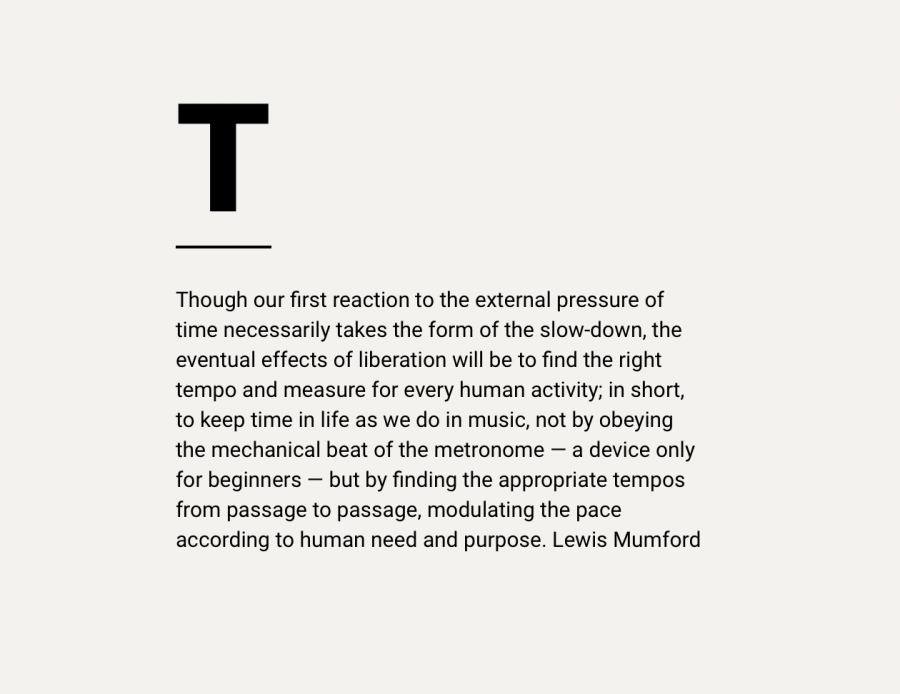Update: From January 1st 2024 we will no longer be publishing new daily practices. You can always click on Random at the top of the page and find a daily to try. We will keep the site live until January 14 2024 and will then archive and make it accessible to all in some way.
The Daily stillness provides an ongoing practice embedded in your everyday to help you learn about the many ways in which stillness is more than silence or slowing your life down. If we were forced to say it is about only one thing, then we would say it is attention training.
“Attention is a moral act: it creates, brings aspects of things into being, but in doing so makes other recede.” Iain McGilchrist
These exercises are designed to embed in your day and will not take longer than 30 minutes to complete. Of course, they can be done as many times in a day as you feel you need to rebalance a busy day with a different rhythm. Patricia Berry talks about stopping as a mode of animation to embody the idea of movement within stasis and vice versa. This video gives you an example of what this might mean.
The pace of life is the flow of movement we experience. It is about rhythms, it is about sequences, it is about synchronies. Yet, even when we might follow advise about how organise work flows for a pace of life that works for us, there is always the question of tempo. The rate or speed at which we follow that workflow and, as Robert Levine says in the Geography of time,
We may play the same notes in the same sequence, but there is always that question of tempo [and] it depends upon the person, the task and the setting.
A reason why, often, well intended advise about work-life balance cannot be made a reality in the complex system that is our life.
Some might argue that is is an high  quality problem to have as we find experiment after experiment showing that pace of life is determined by economics. The healthier an economy, the faster the pace. There is much that can be said about how to find a good match between the environment and our inner pace. Stillness does not cut it as it hides movement in its focus. Perhaps the best we can say is that daily stillness practices might teach you about multi-temporality – and that is the best answer psychologists have to offer to help you
quality problem to have as we find experiment after experiment showing that pace of life is determined by economics. The healthier an economy, the faster the pace. There is much that can be said about how to find a good match between the environment and our inner pace. Stillness does not cut it as it hides movement in its focus. Perhaps the best we can say is that daily stillness practices might teach you about multi-temporality – and that is the best answer psychologists have to offer to help you
seize the controls of your life!
There are no registrations, no prizes, just people practicing to gain a little more awareness of habitual patterns every day.
Follow us on Twitter @livedtime or Subscribe to The Daily Stillness by Email. A new practice will be posted each day and you can always click on random to get a different practice if the one for the day does not suit you. We encourage you to do the ones that you least want to do, though. These are the ones that are likely to teach you the most about personal obstacles to finding stillness in motion.